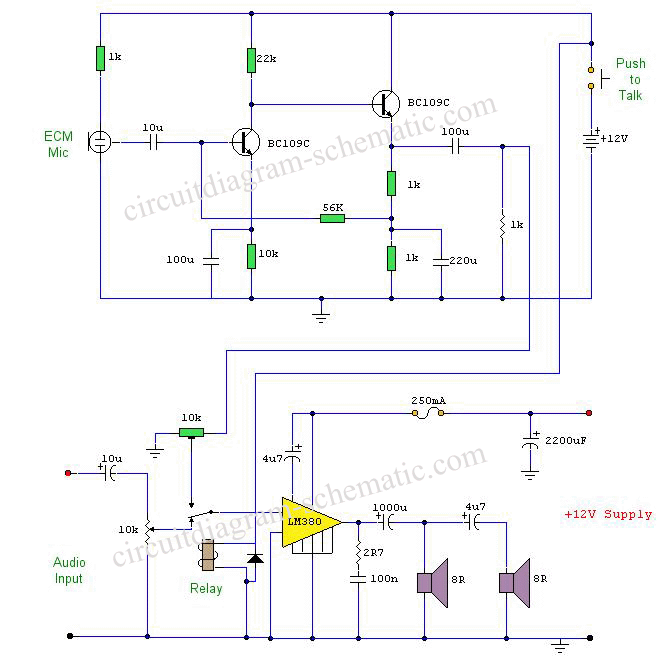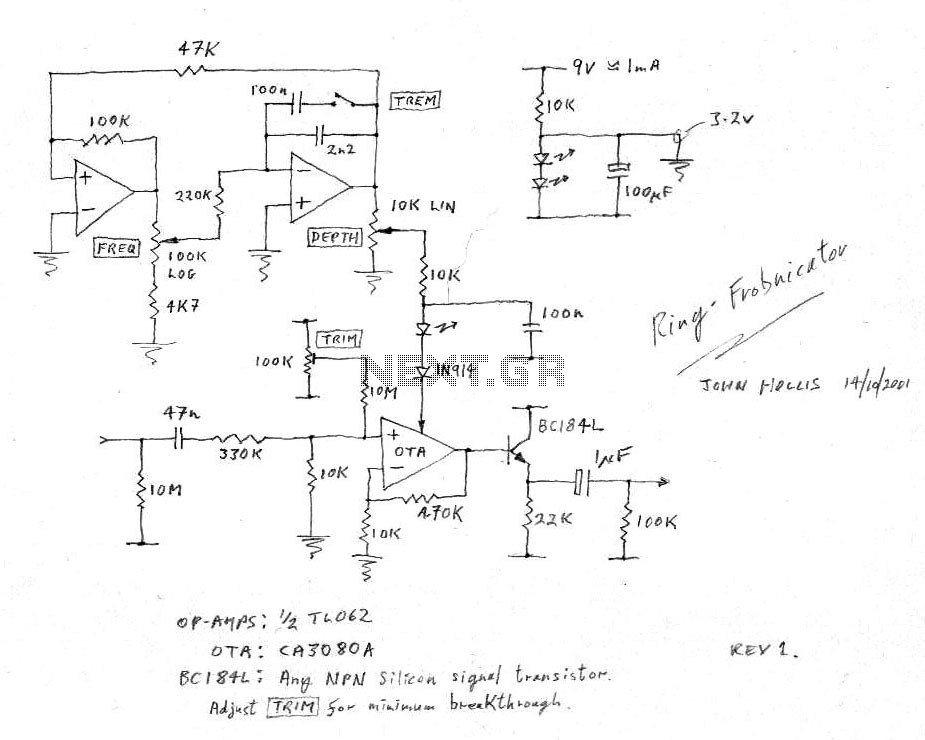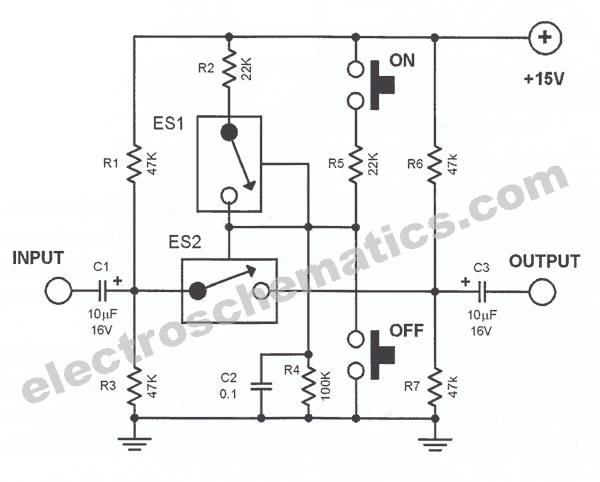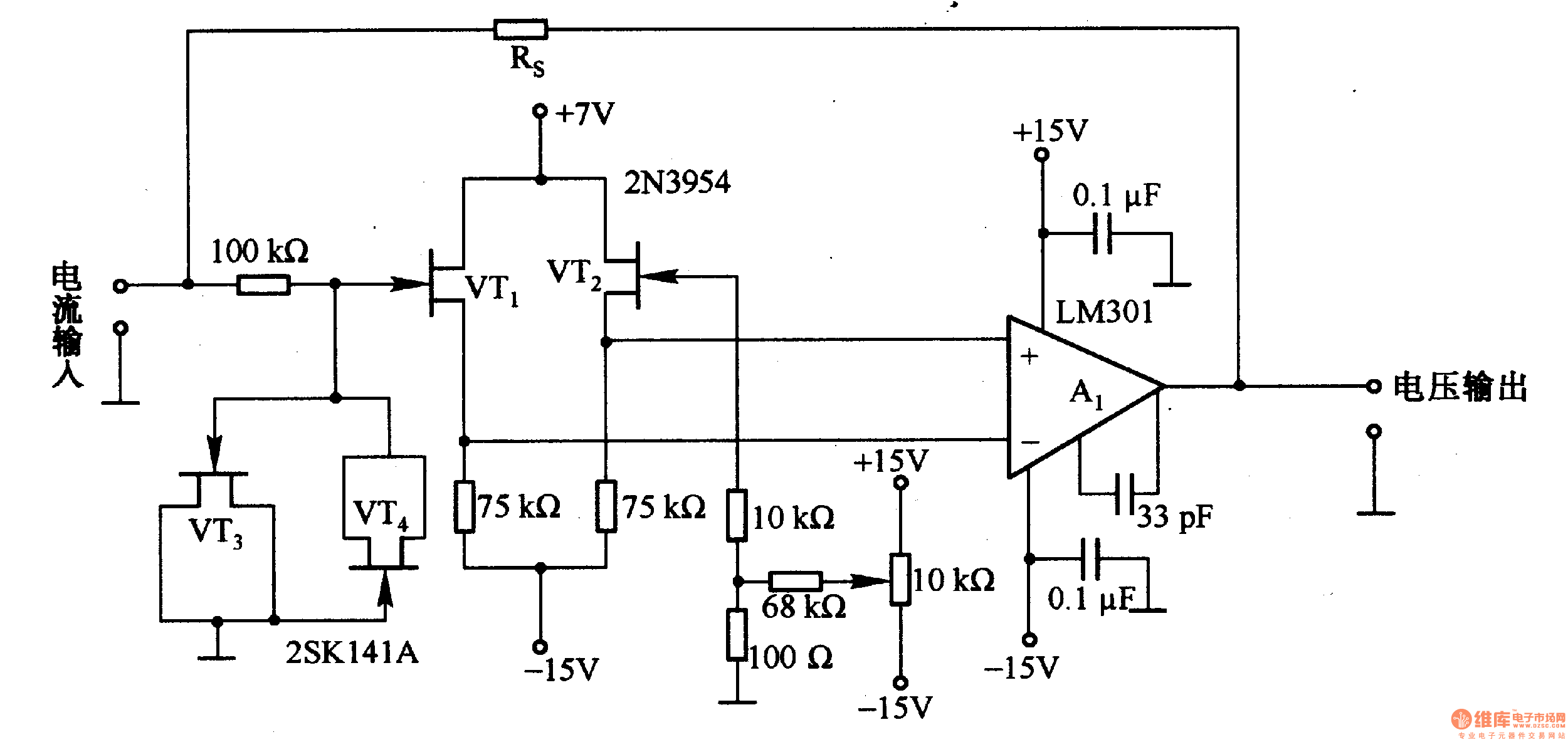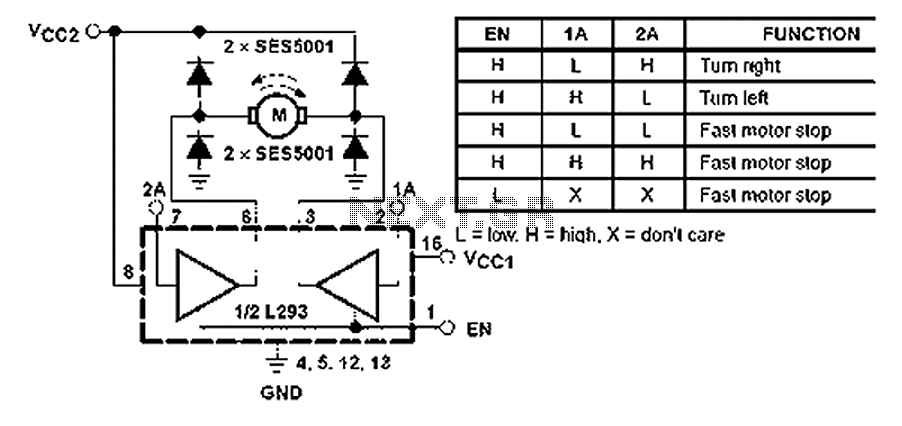
6 - 12 Volt Adjustable Power Supply Circuit Schematic Diagram
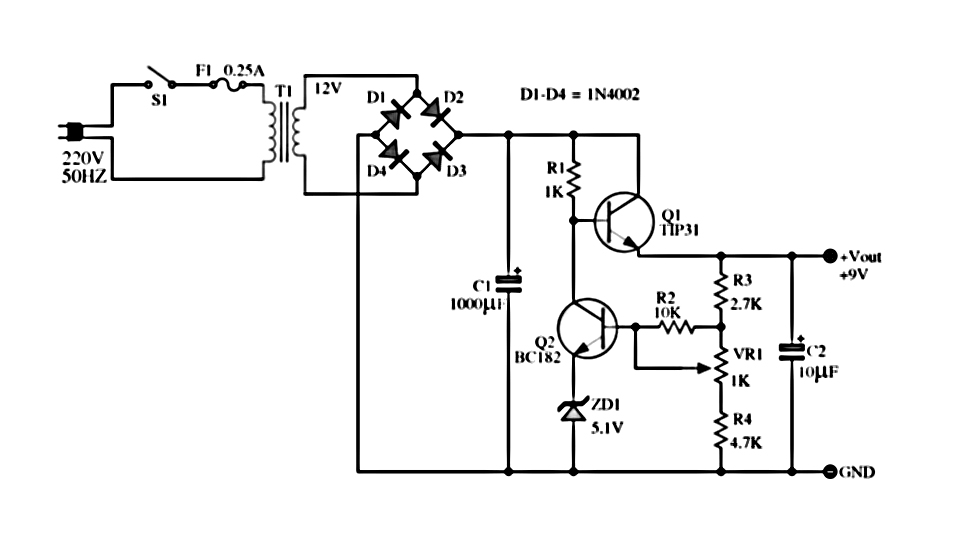
The power supply described utilizes a regulator composed of two NPN transistors. One transistor functions as the power regulator, while the other controls the output voltage. This power supply offers an adjustable output voltage range of 6-12 VDC. The power regulator is implemented using the TIP31 transistor (Q1), and the output voltage controller consists of a voltage divider made up of resistors R3, R4, VR1, and R2, which provide bias to the base of Q2 to control Q1. Additionally, a 5.1V zener diode is included in the power supply circuit to establish a minimum output voltage limit with Q2. The transistor-based power supply circuit is relatively simple and can be assembled using PCB holes, making it accessible for those interested in practical implementation. This power supply circuit is particularly beneficial for individuals requiring a transistor-regulated power supply.
The power supply circuit operates by regulating the output voltage through a combination of transistors and resistors. The TIP31 transistor (Q1) serves as the main power regulator, allowing for efficient voltage regulation across the specified range. The second transistor (Q2) is responsible for controlling the output voltage by receiving bias from the voltage divider network formed by resistors R3, R4, and the variable resistor VR1, alongside R2. This configuration enables the user to adjust the output voltage according to their requirements.
The inclusion of the 5.1V zener diode in the circuit is critical, as it establishes a reference voltage that helps maintain a minimum output voltage. This feature is particularly important for applications that require a stable voltage supply, ensuring that the output does not fall below a specified threshold.
For assembly, the circuit can be constructed on a printed circuit board (PCB), which facilitates easy connection of components and enhances durability. The design is straightforward, making it suitable for both novice and experienced electronics enthusiasts. This adjustable power supply circuit can be utilized in various applications, including powering small electronic devices, testing circuits, and educational projects, providing versatility and practicality in its use.Power Supply in this article use a regulator that is composed of 2 pieces of NPN transistor. A transistor acts as a power regulator and a transistor again serves as a controller output voltage. Power Supply has an adjustable output with a range of 6-12 VDC. The part that serves as a power regulator is Q1 TIP31. Then the controller output voltage i s a voltage divider composed of R3, R4, VR1 and R2 provide bias to the base of Q2 to Q1 mengentrol power regulator. In a series of power supply is mounted 5. 1 V zener diode which serves to make the minimum limit the output voltage with Q2. Power Supply With transistor circuit is quite simple and can be made with the PCB holes, so for those who want to try to directly mempraktikannya.
May the power supply circuit can be useful for readers, especially for friends who need a power supply circuit with the regulator transistor. You are reading the Circuits of 6 - 12 Volt | Adjustable Power Supply Circuit And this circuit permalink url it is
🔗 External reference
The power supply circuit operates by regulating the output voltage through a combination of transistors and resistors. The TIP31 transistor (Q1) serves as the main power regulator, allowing for efficient voltage regulation across the specified range. The second transistor (Q2) is responsible for controlling the output voltage by receiving bias from the voltage divider network formed by resistors R3, R4, and the variable resistor VR1, alongside R2. This configuration enables the user to adjust the output voltage according to their requirements.
The inclusion of the 5.1V zener diode in the circuit is critical, as it establishes a reference voltage that helps maintain a minimum output voltage. This feature is particularly important for applications that require a stable voltage supply, ensuring that the output does not fall below a specified threshold.
For assembly, the circuit can be constructed on a printed circuit board (PCB), which facilitates easy connection of components and enhances durability. The design is straightforward, making it suitable for both novice and experienced electronics enthusiasts. This adjustable power supply circuit can be utilized in various applications, including powering small electronic devices, testing circuits, and educational projects, providing versatility and practicality in its use.Power Supply in this article use a regulator that is composed of 2 pieces of NPN transistor. A transistor acts as a power regulator and a transistor again serves as a controller output voltage. Power Supply has an adjustable output with a range of 6-12 VDC. The part that serves as a power regulator is Q1 TIP31. Then the controller output voltage i s a voltage divider composed of R3, R4, VR1 and R2 provide bias to the base of Q2 to Q1 mengentrol power regulator. In a series of power supply is mounted 5. 1 V zener diode which serves to make the minimum limit the output voltage with Q2. Power Supply With transistor circuit is quite simple and can be made with the PCB holes, so for those who want to try to directly mempraktikannya.
May the power supply circuit can be useful for readers, especially for friends who need a power supply circuit with the regulator transistor. You are reading the Circuits of 6 - 12 Volt | Adjustable Power Supply Circuit And this circuit permalink url it is
🔗 External reference
